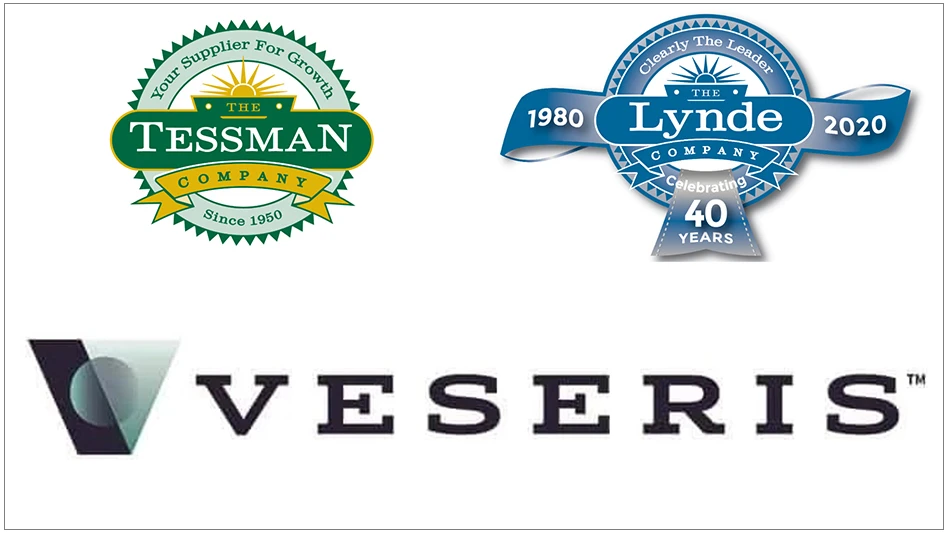Heat-related illness often does not receive as much attention as other workplace hazards and is often under reported. A high profile case of heat stroke was that of Korey Stringer, a 27-year-old member of the Minnesota Vikings football team. On Aug. 1, 2001, he collapsed after two and a half hours of practice in 90-degree heat. At the hospital, his core body temperature was recorded at 108°F. He died shortly thereafter of major organ failure. Many were shocked at how sudden and serious the consequences of heat exposure can be, but his tragic story brought to light a serious workplace hazard that concerns thousands of workers every year.
According to OSHA, the combination of heat and humidity can be a serious health threat during the summer months. Since pest management professionals often spend a lot of time outdoors, they may be at increased risk for heat-related illness.
Here are several precautions that pest management professionals can take:
• Drink small amounts of water frequently. Do not wait until you are thirsty. When working in the heat, you should drink five to seven ounces of water every half hour.
• Wear light-colored, loose-fitting, breathable clothing — cotton is good.
• Take frequent short breaks in cool shade.
• Avoid caffeine and alcohol or large amounts of sugar. Drink water instead of that Big Gulp.
• Work in the shade when possible.
• Find out from your health provider if your medications will make you more susceptible to heat illness.
• Know that PPE such as respirators or coveralls can increase heat stress.
HEAT-RELATED DISORDERS. There are four kinds of heat-related disorders varying in severity. They include:
Heat rash is the most common problem in hot work environments. Heat rash is caused by sweating and looks like a red cluster of pimples or small blisters. This usually appears on the neck and upper chest. The best treatment for heat rash is to provide a cooler, less humid work environment.
Heat cramps are muscle pains usually caused by physical labor in a hot work environment. Heat cramps are caused by the loss of body salts and fluid during sweating. Workers with heat cramps should replace fluid loss by drinking water or sports drinks every 15 to 20 minutes.
Heat exhaustion is the next most serious heat-related health problem. The signs and symptoms of heat exhaustion are headache, nausea, dizziness, weakness, irritability, confusion, thirst, heavy sweating and a body temperature greater than 100.4°F. Workers with heat exhaustion should be removed from the hot area and given liquids to drink. Remove unnecessary clothing including shoes and socks. Cool the worker with cold compresses to the head, neck, and face or have the worker wash his or her face and neck with cold water. Encourage frequent sips of cool water. Workers with signs or symptoms of heat exhaustion should be taken to a clinic or emergency room for medical evaluation and treatment. Make sure that someone stays with the worker until help arrives. If symptoms worsen, call 911 and get help immediately.
Heat stroke is the most serious heat-related health problem. Heat stroke occurs when the body’s temperature-regulating system fails and body temperature rises to critical levels (greater than 104°F). This is a medical emergency that may result in death! The signs of heat stroke are confusion, loss of consciousness and seizures. Workers experiencing heat stroke have a very high body temperature and may stop sweating. If a worker shows signs of possible heat stroke, get medical help immediately, and call 911. Until medical help arrives, move the worker to a shaded, cool area and remove as much clothing as possible. Wet the worker with cool water and circulate the air to speed cooling. Place cold wet cloths, wet towels or ice all over the body or soak the worker’s clothing with cold water.
HEAT ILLNESS REGULATIONS. California became the first state to adopt heat illness prevention regulations. These regulations were in response to a particularly tragic summer in 2005 when 13 workers died from heat-related illness in that state. The regulations require that outdoor employees have access to one quart of water per hour for the entire shift; that employees have the right to take a break in the shade for at least five minutes when they feel they need one; and that employers receive special training. Fines of up to $25,000 per violation may be assessed on employers.
All employees should be made aware of the signs of heat-related health problems. I would also recommend making water and drinking cups available to workers, especially employees who perform lawn and termite work.
The author is the loss control manager for Capital Risk Underwriters. He has been in the pest control industry for more than 26 years and is certified in all categories in the state of Florida. Your questions can be submitted to him at vmorris@giemedia.com or contact him directly at 407/540-1400, ext. 203.

Explore the May 2011 Issue
Check out more from this issue and find your next story to read.
Latest from Pest Control Technology
- Guest Editorial: Let’s Take the Lead Promoting Proactive Pest Management
- ohDEER Announces Additions to Expand Franchise Development and Support Teams
- Arrow Exterminators Acquires Davis Exterminators
- Pest Management Foundation Announces Plunkett’s Pest Control Scholarship
- Envu Expands Strategic Partnership with the National Pest Management Association
- Kelly McDonald’s Eight Strategies for Working with People Who are Not Like You
- Clements Pest Control Acquires The Bug Dr.
- In Memoriam: Norman O. Besheer





